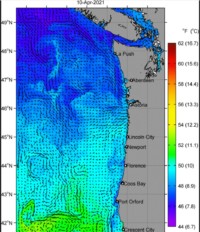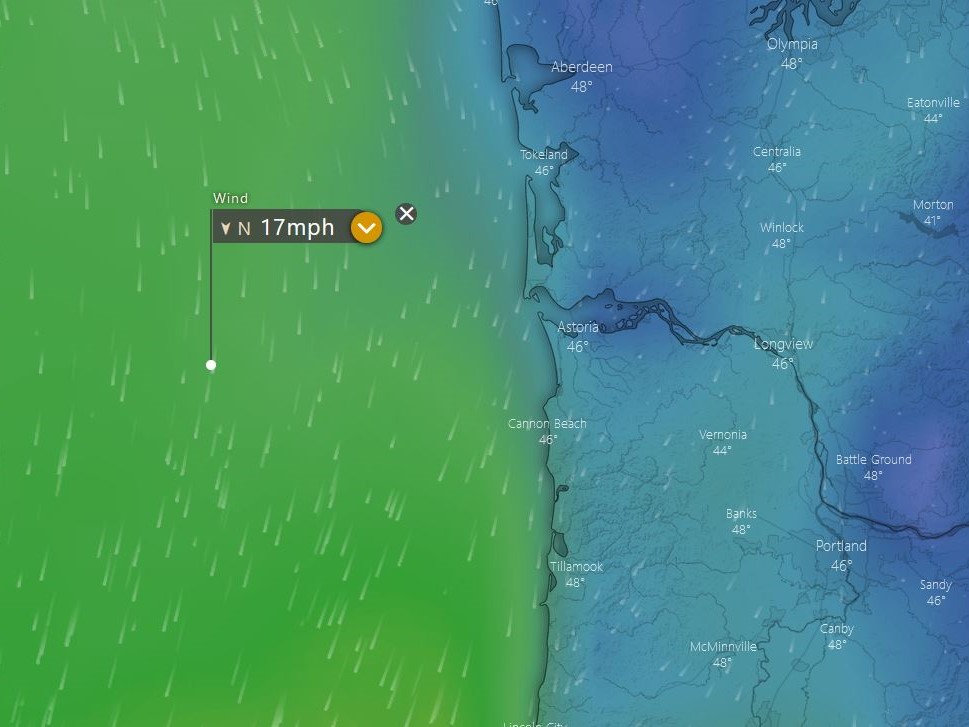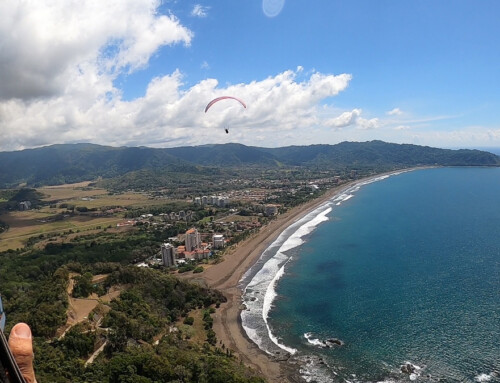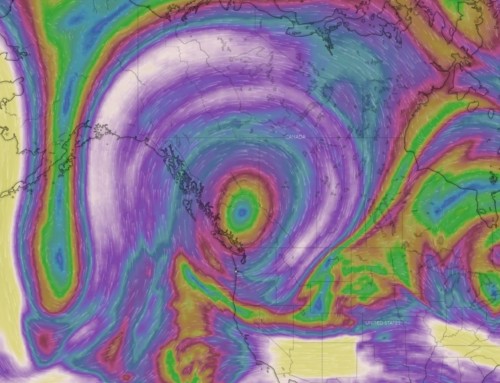Today we cancelled classes. Winds this morning are light, but definitely offshore, but my predictions are that the winds will come onshore around 11:30 to noon this morning, (if not before). From a bit of logic learned over years of observation, we have discovered that typically, the only thing to ‘overpower’ an offshore wind is a much stronger onshore wind. That statement is functional, but not entirely complete, so I will try to explain by starting with a couple of terms/phenomena.
Seabreeze: “a breeze blowing toward the land from the sea, especially during the day owing to the relative warmth of the land.” (definition pilfered from the net.) When the land is warmer than the water, the wind will flow towards the land.
Landbreeze: “a breeze blowing toward the sea from the land, especially at night, owing to the relative warmth of the sea.” (definition pilfered from the net… again!) When the water is warmer than the land, the wind will flow towards the water.
Basically, the wind will always trend toward the region with the greatest heat energy. (It will try at least, as sometimes regional forces are too strong for this to happen. Today though, things are working normally.)
So, as of 8:30 this morning, there is still frost on the ground at our house, yet the ‘sea surface temps’ (a term you will hear me speak of often) are significantly warmer than the land temps are, so we get the ‘land breeze for as long as that condition exists.
Eventually, the land and water will reach an equilibrium and the offshore breeze of the morning will slow/stop (barring any influence from regional winds). The land will continue to warm, at this point fairly rapidly, and the seabreeze will begin to develop. As it does, any regional winds that were flowing out at sea will be ‘invited’ to come on shore. In the pic below, we see that the 11:00 am offshore winds are already 17 mph. When the land breeze slows/stops, and the seabreeze sends out the ‘invitation’, this offshore wind will come ashore full strength, and even enhanced by the energy of the now existing seabreeze. Our day would be done shortly after we have enough onshore wind to get started. This whole reversal process takes about an hour or so on average.
I hope this is written in an understandable way. Let me know in the comments. This is actually the first ‘working’ blog post I have made since this new website went live just over a year ago. I’m curious to know how it works for you all.
Looking towards another day like last Thursday. That was magical! 🙂
Brad
Edit: As of 5:00 pm, I added the actual winds of the day.
(Click pics for larger images)





